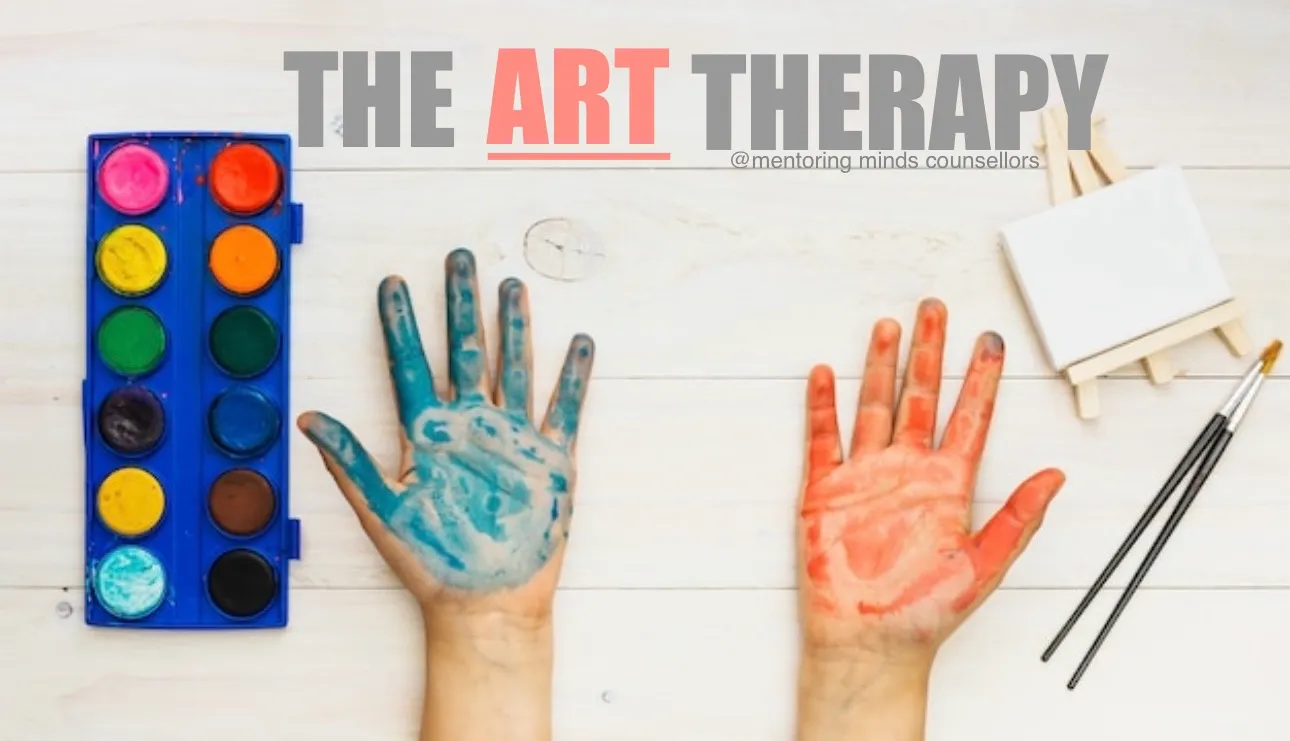In a world where emotions can be overwhelming and words often fall short, art therapy offers a powerful way to express, heal, and grow. Whether it’s a child trying to make sense of a confusing world or an adult navigating stress, trauma, or mental health challenges, art can become a bridge between what is felt and what can be healed.
What is Art Therapy?
Art therapy is more than just drawing or painting. It is a form of psychotherapy that uses creative expression to help individuals explore their emotions, improve self-awareness, manage stress, and boost self-esteem. Guided by a trained art therapist, people are encouraged to use different art materials to express themselves in ways that words sometimes cannot.
Why Art Therapy Works
Art has been used for centuries as a way to connect, reflect, and release. In therapy, it becomes a safe space free of judgment where individuals can process complex feelings at their own pace. The act of creating itself can be calming and meditative. But beyond that, the art can reveal patterns, hidden emotions, and even breakthroughs that might not surface through conversation alone.
Art Therapy for Children
Children often lack the vocabulary or emotional awareness to articulate what they’re going through. Through art, they can “speak” in colors, shapes, and images. It helps them:
- Process trauma or difficult life changes like divorce, grief, or abuse
- Improve emotional regulation and reduce anxiety or aggression
- Build communication skills through storytelling and visual expression
- Boost self-confidence by creating something uniquely their own
In schools, hospitals, and therapy rooms, art becomes a gentle yet powerful tool to support a child’s mental and emotional development.
Art Therapy for Adults
For adults, art therapy is not about being a skilled artist it’s about being honest. Whether someone is dealing with anxiety, depression, PTSD, or simply feeling stuck in life, the creative process can help unlock healing in ways that traditional talk therapy might not. It supports:
- Stress relief through mindful, creative engagement
- Exploration of past trauma in a safe and controlled environment
- Emotional clarity by making the invisible visible
- Improved self-esteem and empowerment
Adults who struggle to express themselves verbally often find surprising relief through the nonverbal, symbolic language of art.
Common Misconceptions
“I can’t draw!” That’s okay. Art therapy isn’t about making pretty pictures. It’s about the process, not the product. You don’t need any artistic skill to benefit just a willingness to explore.
“It’s only for kids.” While children may naturally gravitate to art, adults often need it just as much especially when words no longer serve.
Final Thoughts
We at Mentoring Minds Counsellors believe that Art therapy meets you where you are. Whether you’re five or fifty, navigating grief, anxiety, or simply wanting to understand yourself better, the creative process offers something unique. It invites you to slow down, tune in, and discover what your inner world is trying to tell you one brushstroke at a time.
If you’ve ever felt stuck, unheard, or overwhelmed, maybe it’s time to pick up a crayon, a paintbrush, or even a lump of clay. You might be surprised at what your hands have to say.
Healing doesn’t always begin with words. Sometimes, it begins with color.


Leave a Comment